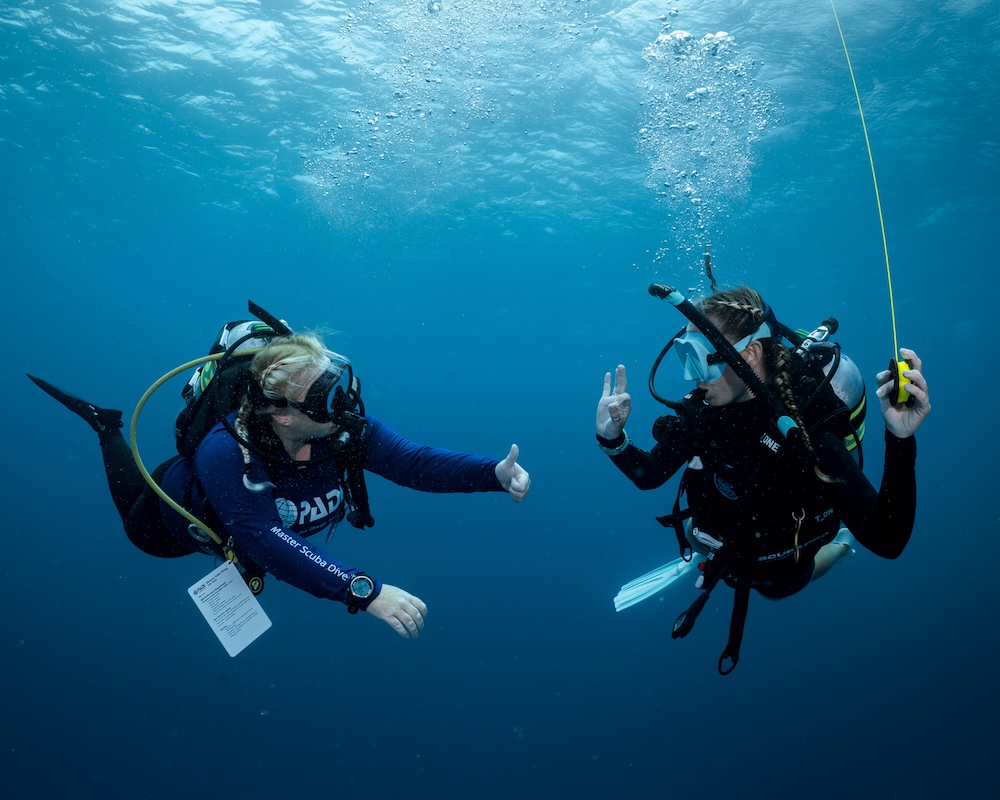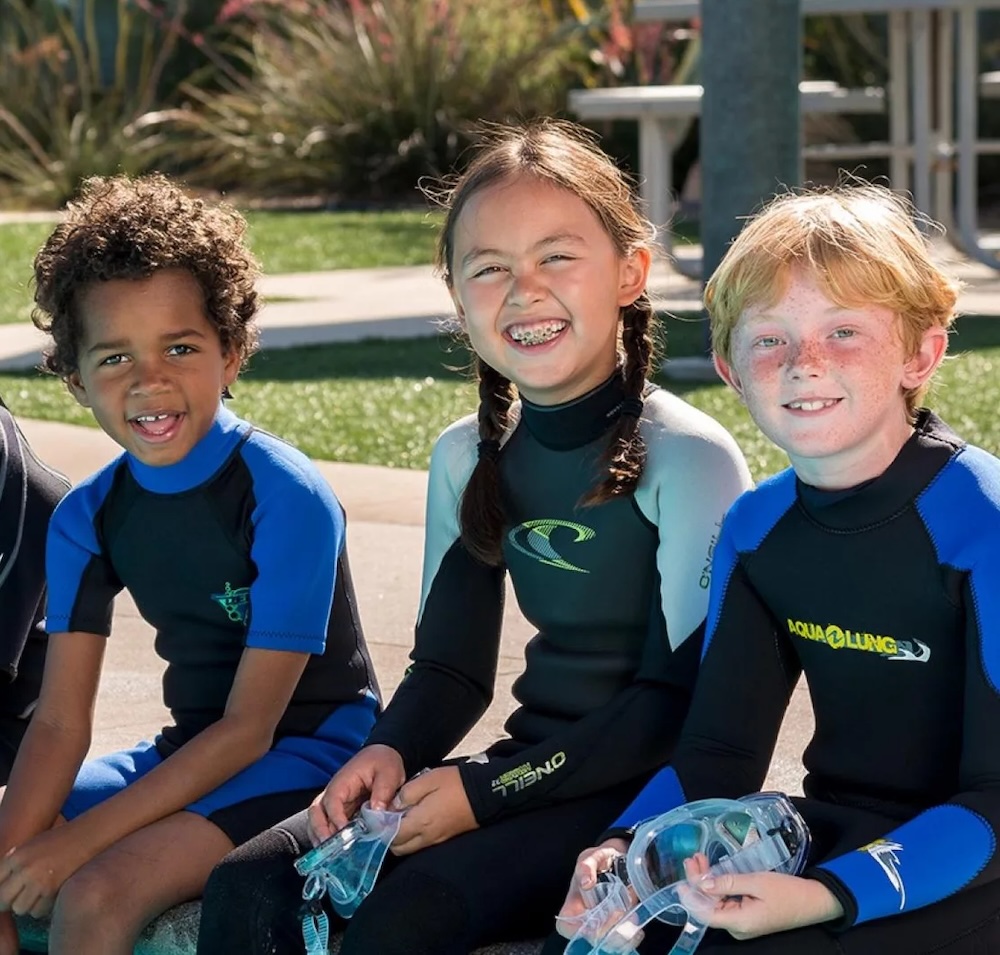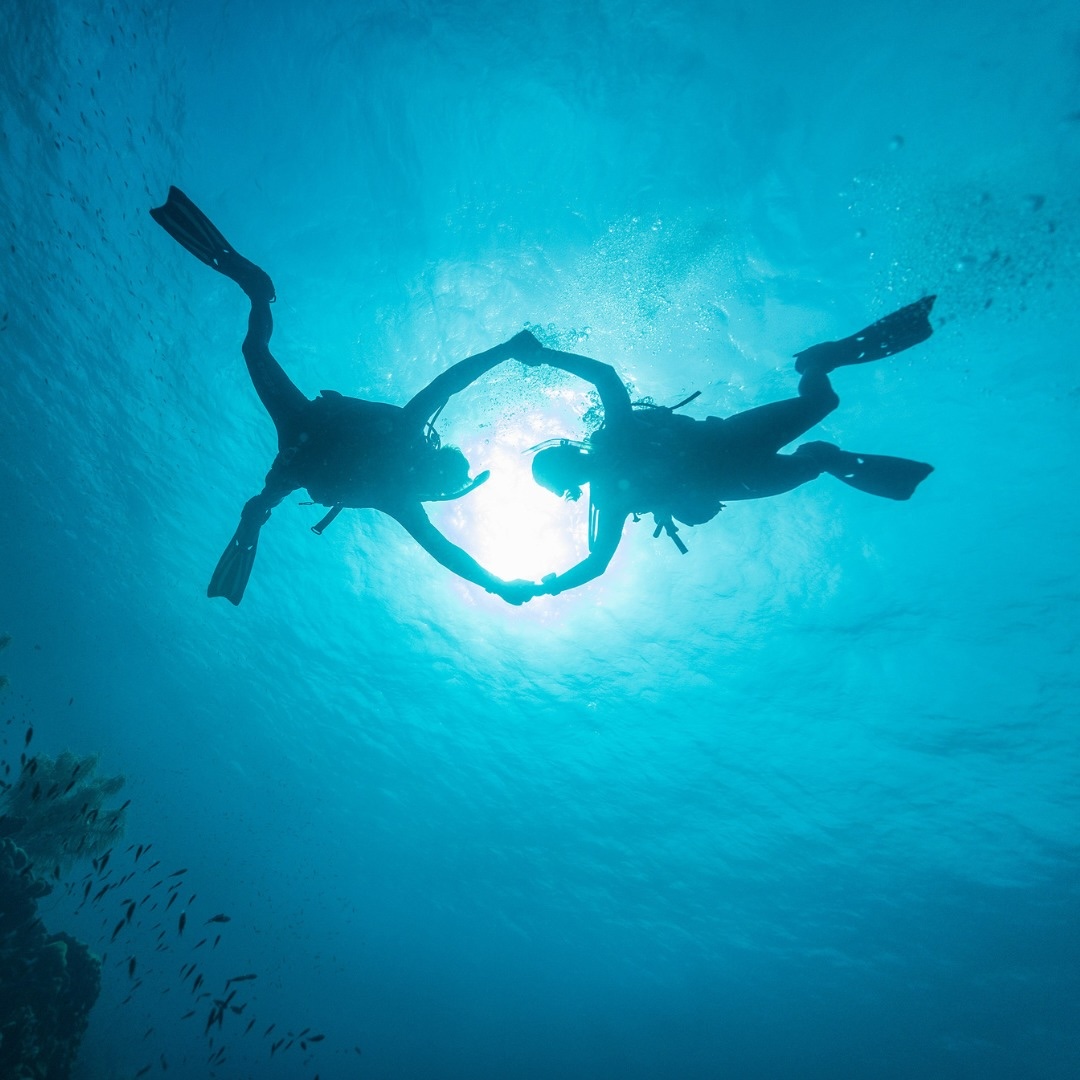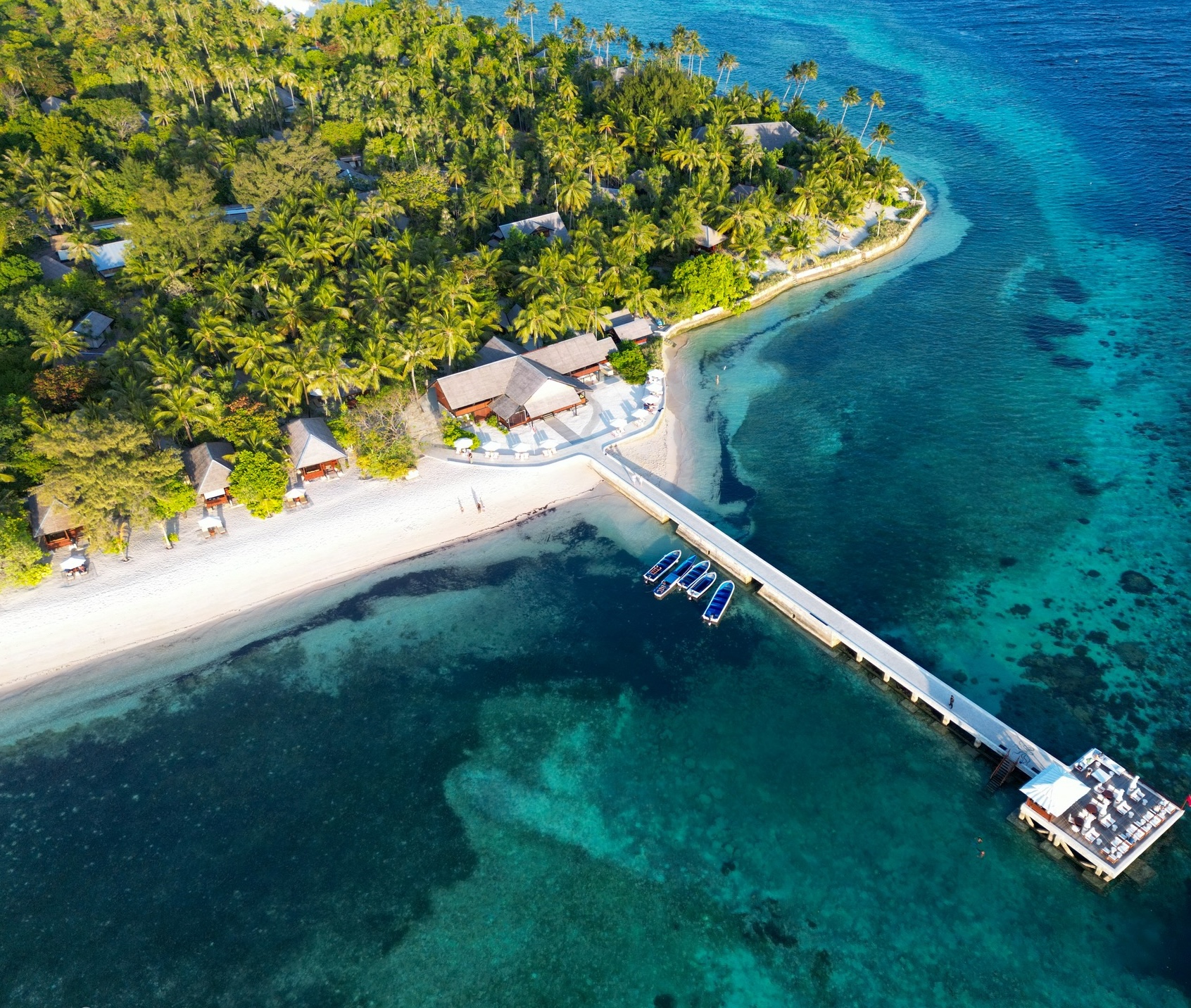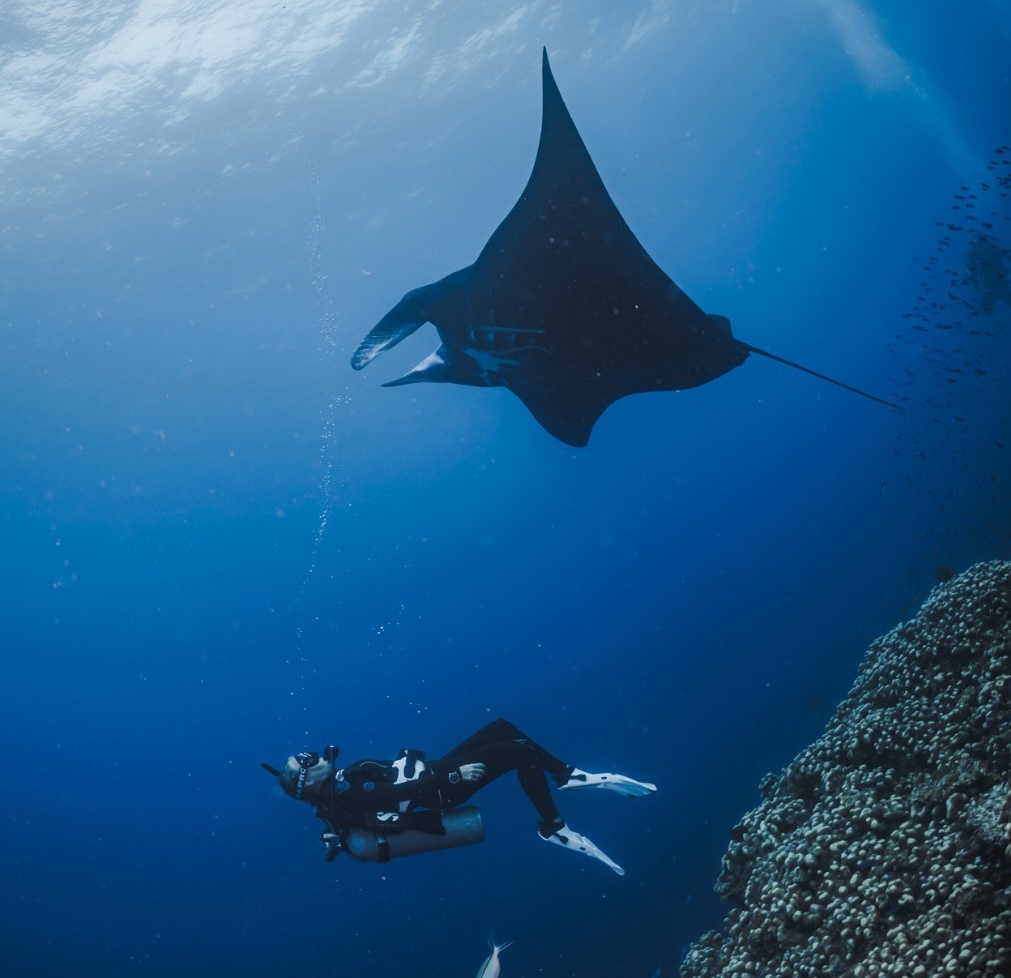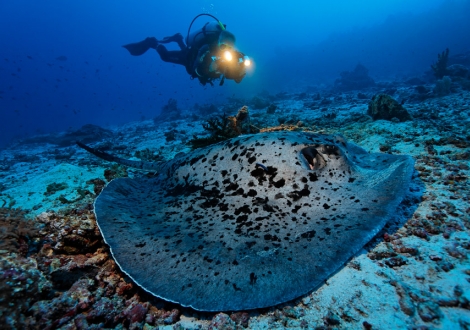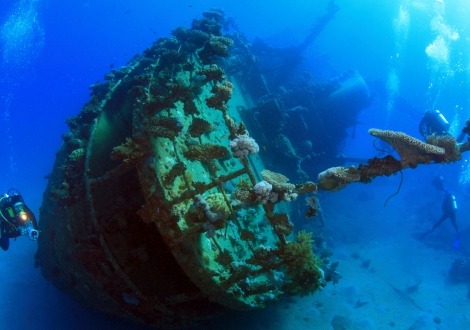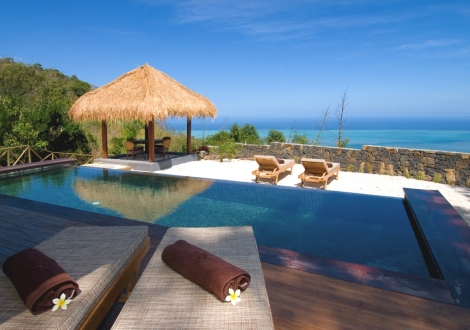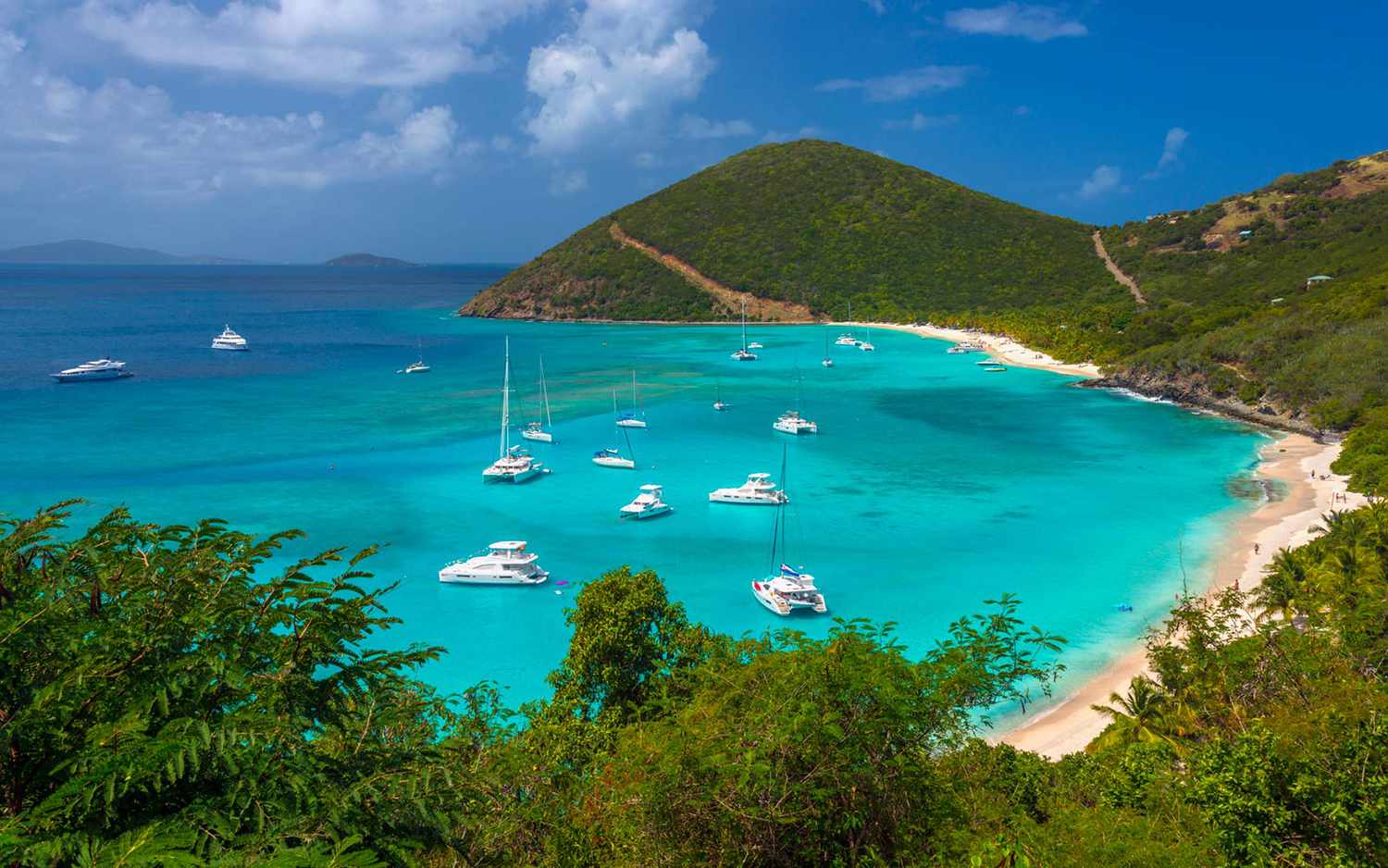Please wait
Why you'll love diving in Virgin-islands-(british)!
The British Virgin Islands (BVI) constitute a British overseas territory consisting of four significant islands: Tortola, Virgin Gorda, Jost Van Dyke, and Anegada, as well as 50 smaller islands and cays. Among the notable attractions of the region, the wreckage of the Rhone stands out as an exceptional shipwreck diving site, renowned globally. Additionally, the journey offers the delight of exploring exquisite coral gardens, seamounts, canyons, and sandy ocean floors.
Norman Island sits at the southern tip of the British Virgin Islands archipelago, counted among the islands that reputedly served as inspiration for Robert Louis Stevenson's iconic pirate tale, Treasure Island.
Norman Island consists of four rocky pinnacles that give rise to a shallow diving spot and an excellent snorkelling reef. Within this aquatic realm, a 15-foot tunnel and an underwater cavern add to the allure of the stunning underwater landscape. Abundant colourful fish, barracuda, and turtles converge here, establishing it as one of the most renowned sites within the British Virgin Islands.
Angelfish Reef, also found on Norman Island, stands out for its labyrinthine canyons and ridges. Snake eels and Moray eels, alongside turtles, eagle rays, southern stingrays, lobsters, and nurse sharks, navigate through a spectrum of vivid gorgonians. Spotted drums, triple-fin blennies, angelfish, sea horses, shrimps, yellowhead jawfish, crustaceans, and anemones together make Angelfish Reef a paradise for photographers.
The allure of Spyglass Wall on Norman Island lies in its embellishment with sea fans, golden tube sponges, and purple tube sponges. This provides an enchanting backdrop for both snorkelers and scuba divers. The underwater habitat here teems with fairy basslets, damselfish, blue tangs, tobacco fish, anthias, tarpons, Atlantic spadefish, eagle rays, southern stingrays, turtles, and even squid. This underwater tapestry ranks it as one of the captivating mini walls throughout the British Virgin Islands.
On Peter Island, the largest beach is known as Deadman's Bay, stretching a mile along the shore and graced with palm trees, a beach bar, and restaurants. Legend connects Deadman's Bay to pirates stranded on neighbouring Dead Chest Island, who supposedly met their demise while swimming to Peter Island.
Carrot Shoal, a dive site off Peter Island, features two open-water pinnacles. Here, angelfish, butterflyfish, fairy basslets, spotted lobsters, Spanish lobsters, sea turtles, nurse sharks, and moray eels thrive in the shallows of this 60-foot dive.
Willy T Wreck and Fearless Wreck, also situated near Peter Island, spotlight historical wrecks, with the Willy T being a renowned floating bar and restaurant that was deliberately sunk to create an artificial reef. Both wrecks, constructed from wood, serve as homes to numerous black coral trees hosting French grunts, creole wrasses, and bar soldier fish.
Painted Walls, another engaging site on Peter Island, immerses divers in a tapestry of yellow, red, orange, and purple corals. The site's southern ridge flaunts a substantial coral reef, bustling with macro critters. Among the canyons, narrow cave, and four gullies, hawksbill turtles, lobsters, nurse sharks, barracuda, silversides, tarpons, and green moray eels glide gracefully. This captivating site can easily captivate divers for hours.
Salt Island, deriving its name from the salt ponds that were once an essential resource for the island's inhabitants, holds historical significance.
RMS Rhone shipwreck, located near Salt Island, recounts the tale of a 310-feet long iron-hulled steamship that met a hurricane's wrath in October 1867. Broken into two segments, the stern lies at a depth of 35 feet, and the bow rests at 80 feet. This world-renowned wreck houses artifact like bronze propellers, drive shafts, and wrenches, while its surfaces are adorned with vibrant corals. The ship's remains house coral gardens, cleaning stations, and nurseries, accompanied by yellowtail snapper, jacks, grunts, and tarpon. Arrow crabs, shrimp, damselfish, turtles, green moray eels, octopuses, and barracuda are also frequent visitors.
Wreck Alley off Cooper Island comprises wrecks such as the Marie L, The Island Seal, The Pat, and The Beata, forming a compelling underwater landscape adjacent to a rich reef wall. Garden eels, stingrays, conchs, and octopuses find their haven in the sandy seabed near the Marie L.
Thumb Rock on Cooper Island boasts a massive pinnacle resembling a colossal thumb. With its crystal-clear waters and vibrant marine life, it's a favourite spot for divers and underwater photographers. Spotted drums, seahorses, creole wrasses, and lobsters are among the sights on this shallow dive. Tarpon, French angelfish, queen angelfish, filefish, and barracuda turn this into a central attraction in the BVI.
Chromis Reef, also on Cooper Island, earns its name from the blue chromis fish and quillfin blennies populating the gorgonians and coral heads. With good visibility and sandy patches, it's an ideal site for novice divers. Anemones and shrimp find refuge in the coral heads.
Dry Rocks East emerges as an expanse of open water adorned with elegant pillar corals, black coral, and sea fans decorating the sandy bed. Its openness makes it a chance to spot pelagic species like cobia, nurse sharks, barracuda, hawksbill turtles, jacks, and African pompano. The site comes alive with French angelfish, black triggerfish, chromis, creole wrasses, coneys, trunkfish, and slipper lobsters.
Ginger Island, one of the few privately held and undeveloped islands in the area, boasts two renowned dive sites: "Alice in Wonderland" and "Ginger Steps". Ginger Island's "Steps" features a dramatic three-step wall descent reaching 90 feet. The combination of good visibility and the contrast of bright white sand against rocky drop-offs makes it a haven for underwater photography. Pompano, octopi, lobster, anthias, barracuda, dolphins, eagle rays, and turtles contribute to the enchantment of this remarkable location.
"Alice in Wonderland" at Ginger Island presents intricate underwater topography with narrow channels, sandy canyons, and rocky ridges, creating an underwater wonderland. The site showcases robust hard and soft corals, excellent visibility, and a plethora of marine life, including African pompano, angelfish, parrotfish, moray eels, shrimp, gobies, filefish, and dancing cleaner shrimp, all amidst colorful gorgonians and elkhorn corals. Turtles and sharks often make appearances, elevating the beauty of this reef.
Virgin Gorda, with its unique silhouette on the horizon resembling a reclining woman, was named "the Fat Virgin" by Christopher Columbus. The island holds historical significance as the site of naval fleet rendezvous led by Sir Francis Drake and Sir John Hawkins in 1595, marking Britain's naval supremacy ascent.
"The Baths" on Virgin Gorda consist of colossal granite boulders, some as large as 40 feet in diameter, fringed by white sand beaches and concealed rock pools. This geological marvel forms an iconic Caribbean image, featuring a tunnel framed by towering, angled boulders above turquoise shallows. Snorkelling opportunities abound along the beach and surrounding rocks.



 Nassau
Nassau
